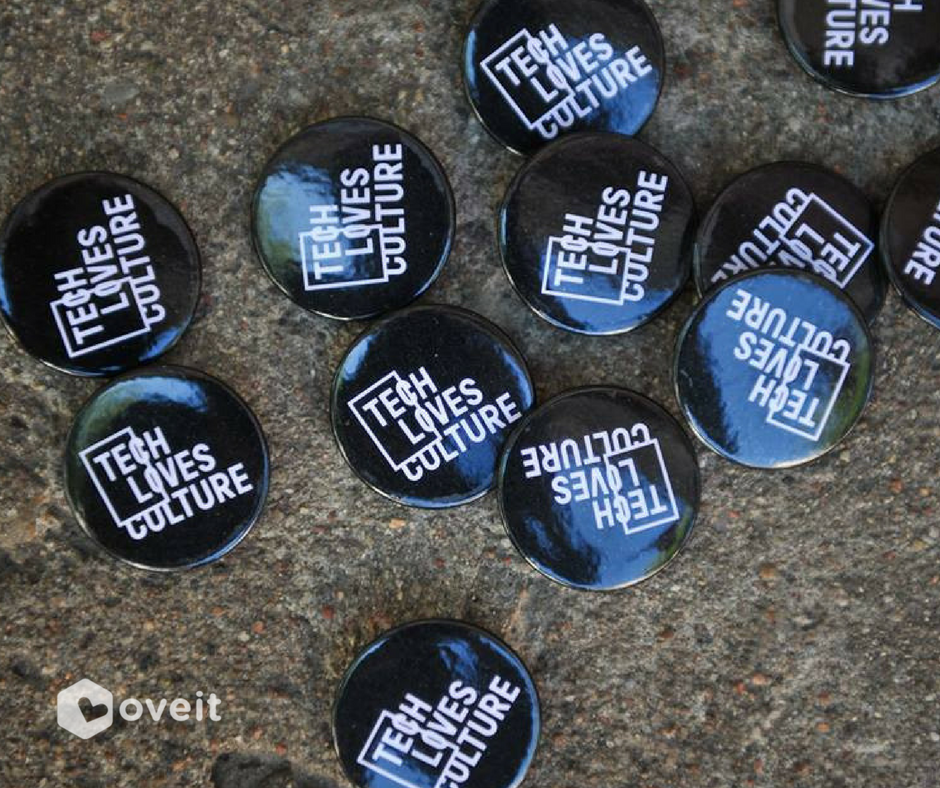
“Be careful what you wish for”, states an old saying. That’s probably because we have a habit of not preparing for what we wish for, but this is just my opinion. After taking a good look at the event management scene I observed that #eventprofs tend to wish for some things more than others. Of course, every event is unique, but there are some frequent desires that you can’t overlook.
One of these wishes is to create a meaningful event that will enrich the lives of those taking part. Another desire is that people actually take part in the events, and it’s perfectly normal; you want people to enjoy something that involved commitment and hard work (this is why we wanted to help and published an article about how you can use Snapchat and Instagram to promote your event).
The question that inspired this piece is “are there ever too many people at an event?” (and I wasn’t considering political or religious events). Then I started documenting sports and entertainment events where the crowds exceeded expectations. There are many events that gathered enormous crowds and unfortunately not all of there are “happy-ending stories”. Today I want to share with you 5 of them that caught my attention (I really can’t tell why these ones and not others, and I hope you will find these cases as interesting as I did).
Be prepared. Attendance can exceed the expectations
1994, Rio de Janeiro. Officials from Rio wanted a big event that would help tourism re-flourish. Rod Stewart’s new year’s eve concert and the midnight fireworks gathered over 4.000.000 people on the famous Copacabana Beach (according to Guinness World Records; others say that there were about 3.500.000 people on the beach, but it’s hard to have an exact number in these circumstances). Just think that Croatia ( a Central European country) has a little over 4.000.000 citizens and you will truly understand the size of that crowd. I think it’s safe to say that the crowd exceeded the organizer’s expectations.
1988, East Berlin. It seems that only half of the nearly 300.000 people that gathered for Bruce Springsteen’s concert actually bought a ticket. Millions watched it on public television. Authorities understood that it was almost impossible to stop over a quarter of a million people that were storming the gates so everyone had the chance to see the live performance (ticket or no ticket). There’s a myth that every east-german between the ages of 18 and 45 saw the concert – live or on TV. What would you have done in a similar situation?
1950, Rio de Janeiro. 173,850 spectators paid to see Brazil against Uruguay in the World Cup’s Final, but rumors are that almost 210.000 people crammed into Maracana on that day of July. It was the first World Cup event after 1938 (the Second World War canceled the 1942 and 1946 editions). Everyone was so sure that Brazil will win that they even composed a new song…” Brasil Os Vencedores” (Brazil the Winner), ready to be played right after the final whistle. Brazil lost 2-1 that day and that great crowd was reduced to silence. Alcides Ghiggia, the scorer of Uruguay’s winning goal, once said: “Only three people silenced Maracana: the Pope, Frank Sinatra and me”.
1979, Great Britain. The Knebworth Festival brought Led Zeppelin back in England after 4 years and also brought a large number of people to the venue situated near the village of Knebworth. There was a dispute about the number of attendees and the two involved parties came out with two different opinions: 104.000 (tickets sold) vs over 200.000 (attendees). This is how I found out that at a concert an acre accommodates about 3000 people (a useful information for someone involved in the event management business). Today an RFID wristband would count every single attendee while you take a nap.
2013, Russia. Rock on Volga festival gathered almost 700.000 in 2013 when the German band Rammstein was the main headliner. Known as one of the largest one-day festivals in the world, Rock on Volga stunned everyone by (almost) doubling its size from one year to another. A rise in attendance numbers was expected but the crowd gathered to see Rammstein was beyond anyone’s imagination (I noticed that Russians tend to enjoy rock concerts more than others, there are a few concerts that gathered really spectacular crowds).
The world changes, and although technology makes it easier for us to manage big events, it’s becoming harder and harder to gather such large crowds (although not impossible). There is a little bit of romance in these stories, but there are also many security issues. Unfortunate history taught us that accidents may occur and that large crowds are hard to manage so if you are planning a big event, learn from the past, and prepare for the unexpected. Great crowds are a bliss, but you have to be ready to manage them.




